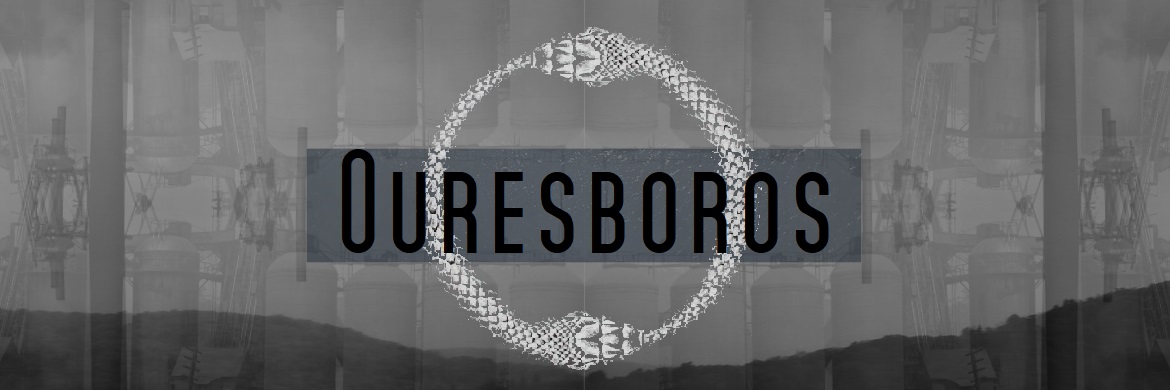Aether Transference
"The Spark has already shown to have many marvellous properties. The vibrations it causes in the aether however, is short of magic. Today it is sound, but I see a future where imagery can be transferred by means of these aetheric vibrations"Aetheric transference is the principle of sending and receiving signals wirelessly.
History
Spark based communication was originally limited to wired based networks and a simplified form of signal manipulation. It was the Balosian scientist Maria Lefaí, who discovered a way to send and receive the same signals wirelessly.Long-distance communication was still limited to simple frequency variations, either in tone or in length. By using specific codes, messages could be exchanged. At this time, even sending simple messages showed to be time consuming and error prone.
It was Erio Lomata, a student of Lefaí, who developed the first multi-frequency transmitter. However, the first transmission made using this principle, caused widespread panic. While the broadcast was done between two wave stations, people in the region would report, having seen spectral apparitions and hearing a terrifying hum wherever they went.
The cause of the reported anomalies was later established, to be the occurrence of resonance between the experimental wireless network and the local Spark network. This caused lights to flicker, or to dim and brighten according to the frequency of the broadcast.
Investigation also found, that the cabling of the Spark network had started to vibrate softly. The movement on a wider scale, created a silent, but deep hum, which swelled from walls and floors in surrounding houses.
It was eventually Makalo Kazi, an Ambrian engineer, that discovered the means of sending voice recording through the aether. He named his invention “the aetherosaute” (transl: aetheric voice). While the first aetherosaute was the size of a room, later discoveries and redesigns got it to the size of the portable radio's we know today. The measurment of a frequency is named after him: Kazi or Kz.



Comments